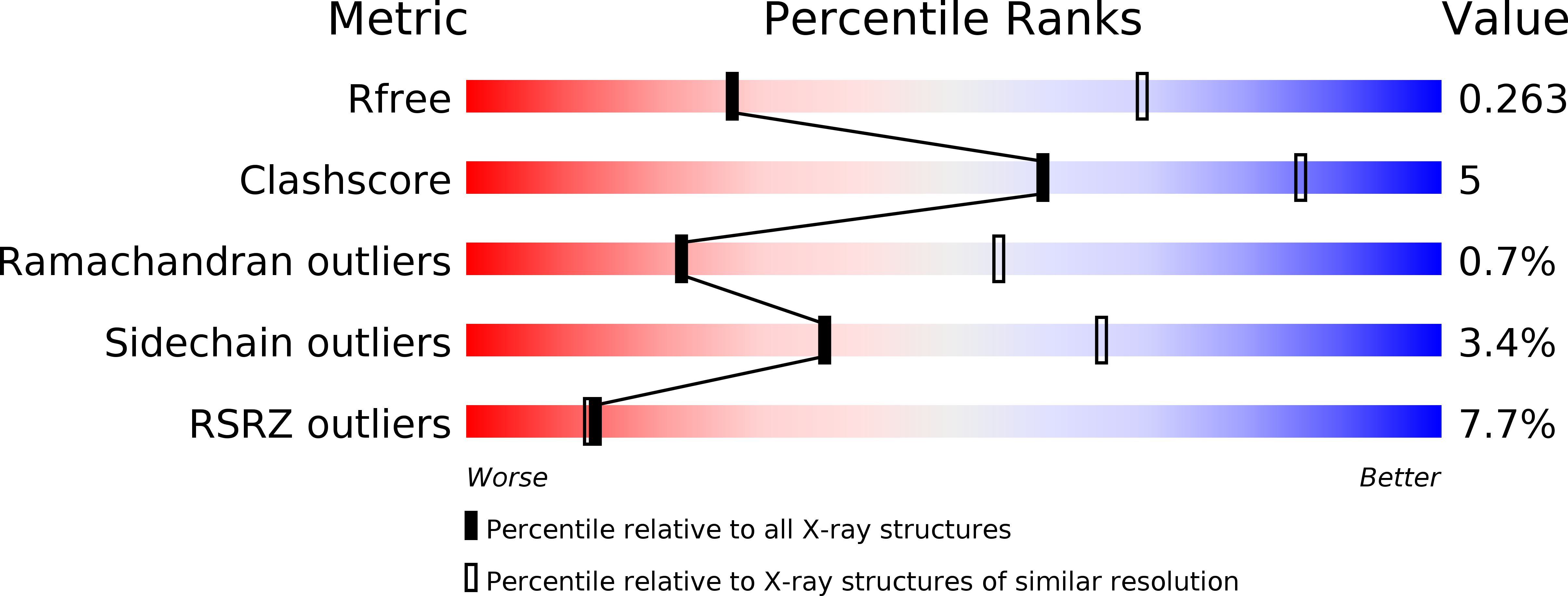
Deposition Date
2012-06-27
Release Date
2012-08-01
Last Version Date
2023-12-20
Entry Detail
PDB ID:
4B02
Keywords:
Title:
The C-terminal Priming Domain is Strongly Associated with the Main Body of Bacteriophage phi6 RNA-Dependent RNA Polymerase
Biological Source:
Source Organism:
PSEUDOMONAS PHAGE PHI6 (Taxon ID: 10879)
Host Organism:
Method Details:
Experimental Method:
Resolution:
3.30 Å
R-Value Free:
0.24
R-Value Work:
0.21
R-Value Observed:
0.21
Space Group:
P 32


